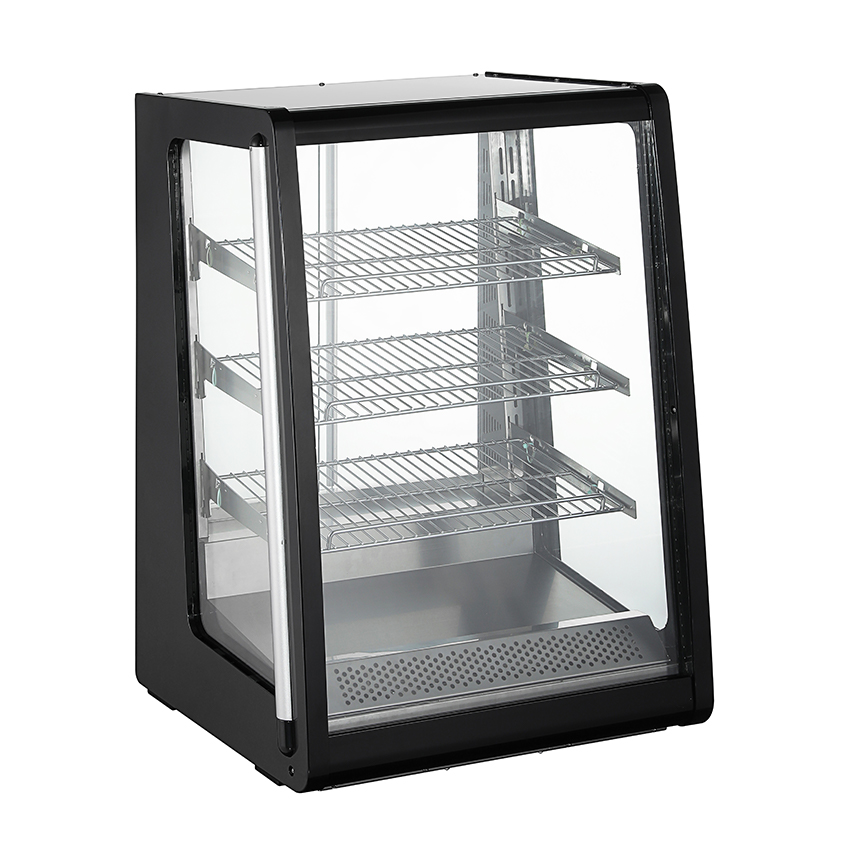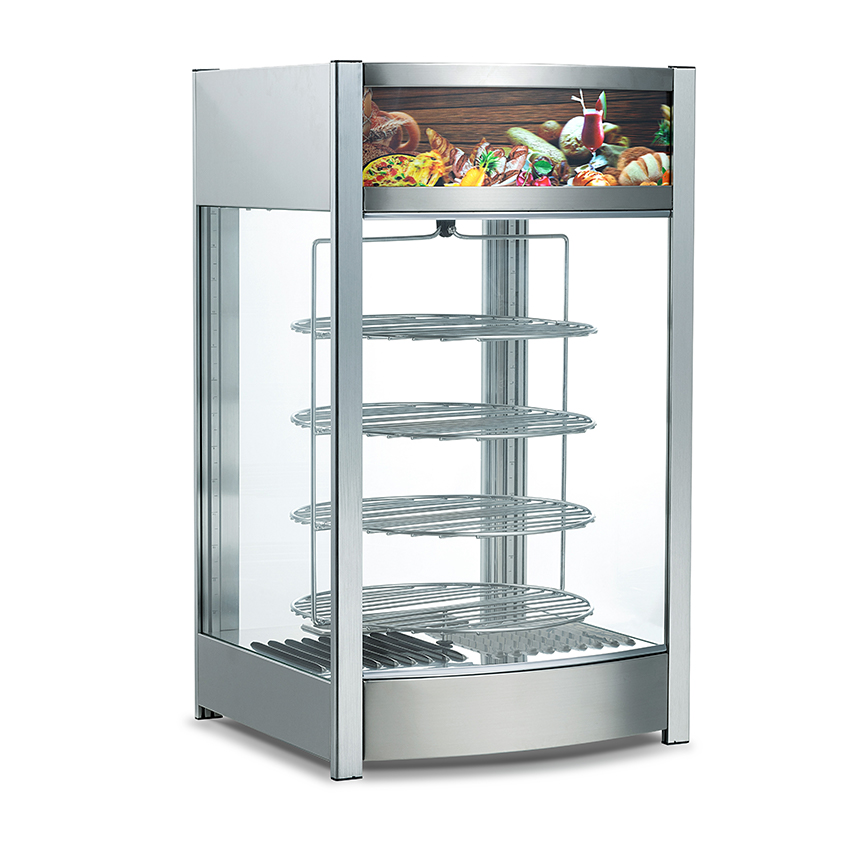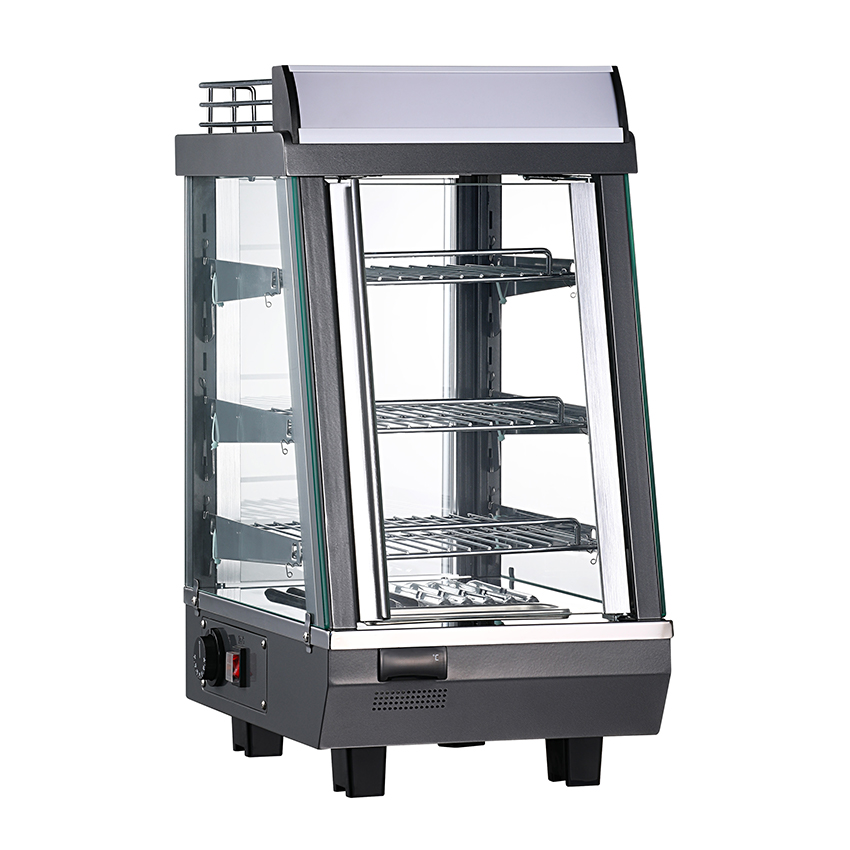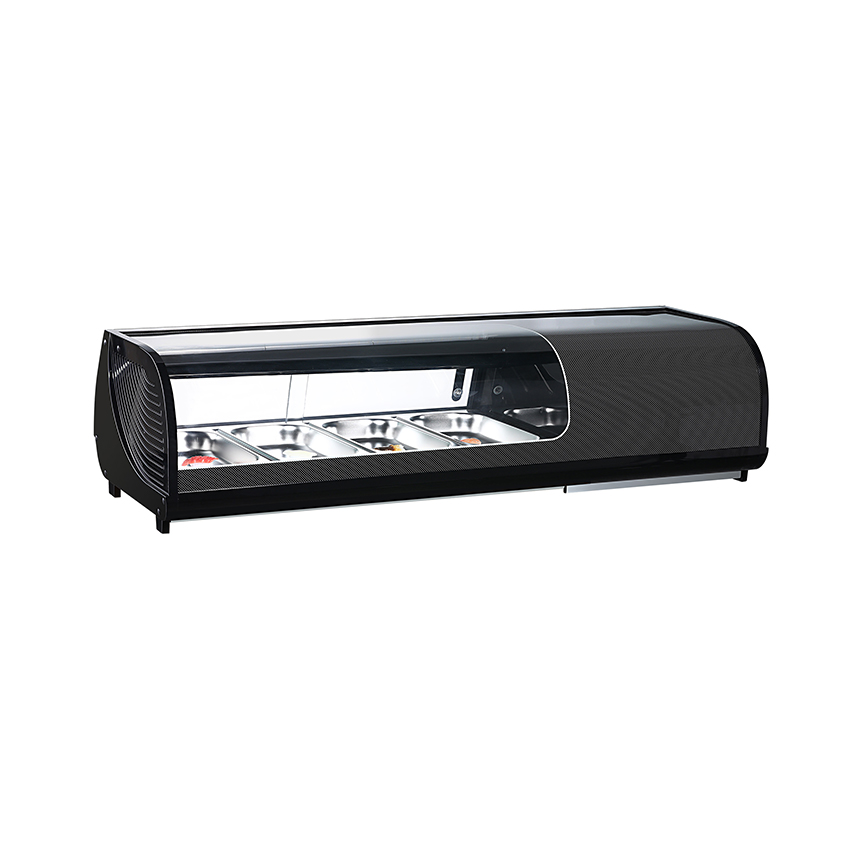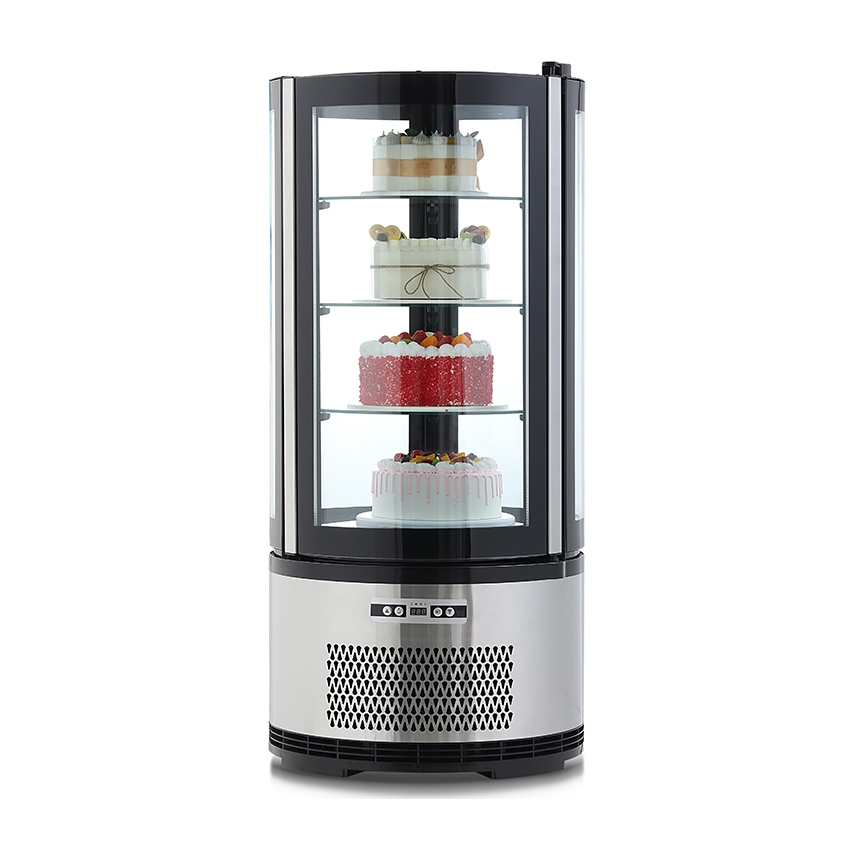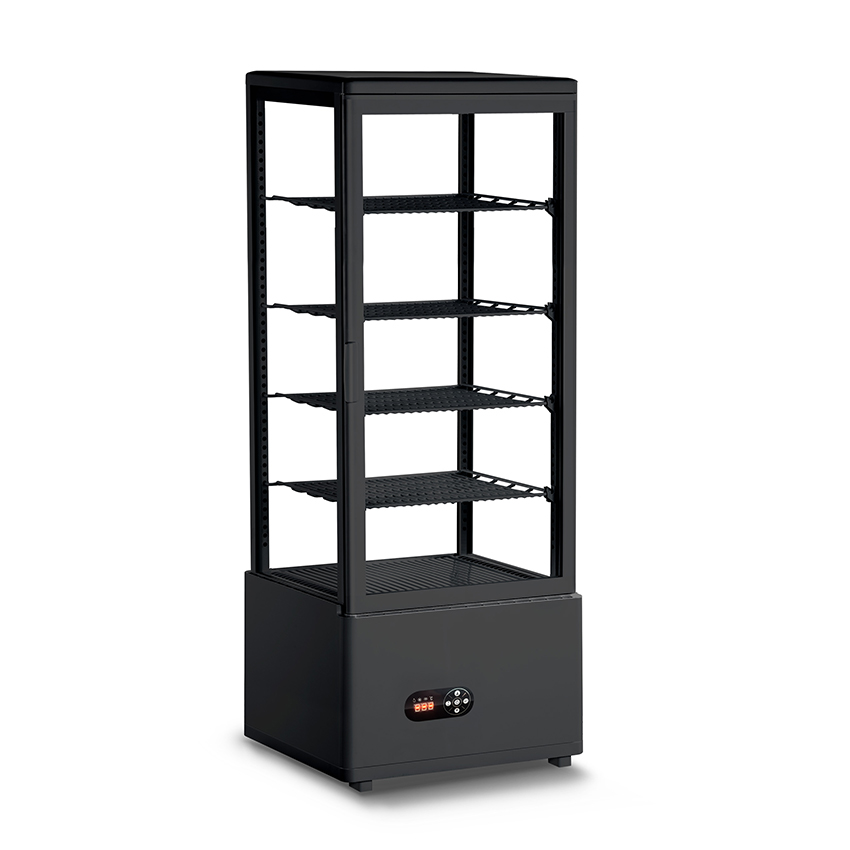Content
1. Noise pain points of convenience store refrigeration equipment
Problems of traditional equipment
Prominent noise at night: the compressor frequently starts and stops (50-60dB), affecting the rest of surrounding residents.
High energy consumption: the old fixed-frequency compressor continues to run at high power, and the electricity cost soars.
Frequent maintenance: long-term high-load operation leads to a high failure rate (the compressor needs to be replaced every 2 years on average).
Impact on operations
Customer loss: 30% of consumers reduce their stay time due to noise (especially at night).
Compliance risk: Some cities have a night noise limit of ≤45dB for commercial equipment.
2. The core advantages of low-noise desktop refrigerators
Quiet operation (≤40dB)
Technical principle
Variable frequency compressor: intelligently adjust the speed according to the load to avoid frequent start and stop (traditional fixed-frequency compressor noise 50-60dB).
Magnetic levitation drive: no mechanical friction, noise as low as 38dB (equivalent to a library environment). Soundproof design: The compressor compartment uses sound-absorbing cotton + shock-absorbing bracket to block vibration transmission.
User value
Improve customer experience: Cafes, boutiques and other scenes are no longer disturbed by buzzing noise.
Worry-free at night: 24-hour convenience stores and hospitals can avoid noise complaints.
Energy saving and power saving (saving 30%-50%)
Energy-saving technology
Frequency conversion technology: Automatic frequency reduction at low load, saving 40% power compared to fixed-frequency models.
High-efficiency condenser: Optimize heat dissipation path and reduce compressor working time.
Vacuum insulation layer: Thermal insulation performance is improved by 50%, and cold loss is less.
Accurate temperature control (±0.5℃)
Technical guarantee
PID algorithm temperature control: Real-time adjustment of refrigeration output, temperature fluctuation ≤0.5℃ (traditional equipment ±2℃).
Dual sensor layout: Dual monitoring of cabinet + evaporator to avoid local overcooling/overheating.
Applicable scenarios
Medical/laboratory: Drugs and reagents are sensitive to temperature and require a stable environment.
High-end food: storage requirements for red wine, chocolate, etc. are stringent.
Compact design, high space utilization
Structural optimization
Desktop design: placed directly on the bar, counter or laboratory table, without occupying floor space.
Multiple capacity options: from 30L (beverage display) to 150L (food storage), to meet different needs.
Scenario case
Milk tea shop: 50L desktop cabinet stores fresh fruit and milk caps, seamlessly integrated into the operating table.
Clinic pharmacy: 80L silent cabinet stores vaccines, quiet and space-saving.
Durable and easy to maintain (lifespan 8-10 years)
Reliability design
Stainless steel liner: rust-proof and corrosion-resistant, easier to clean.
Self-diagnosis system: automatic alarm in case of abnormality (such as insufficient refrigerant, door not closed tightly).
Modular maintenance: compressors and circuit boards can be replaced quickly to reduce downtime.
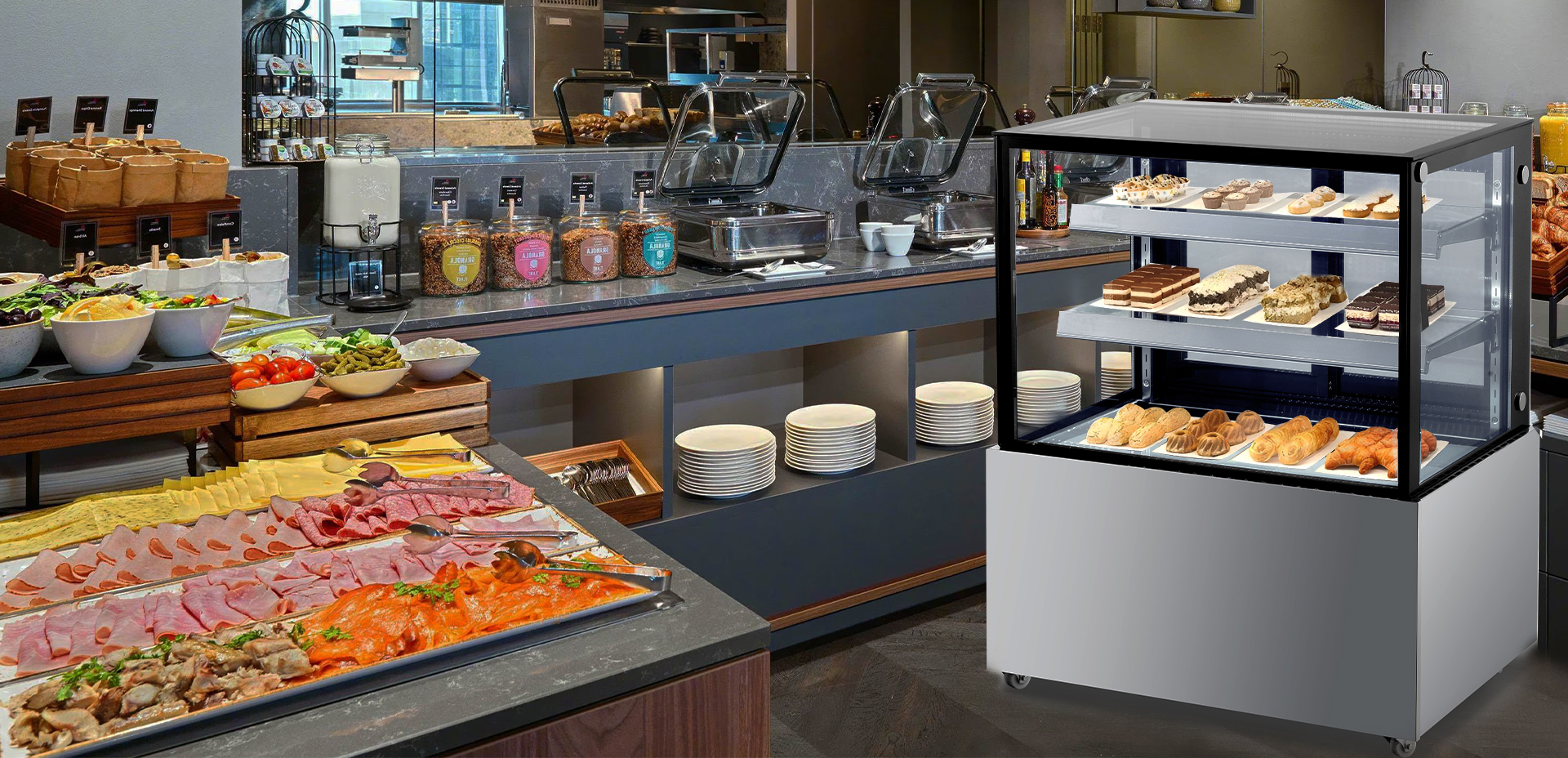
3. Common faults and repair methods of low-noise tabletop refrigerated display cabinets
- The cabinet does not refrigerate (or the refrigeration effect is poor)
Possible causes
Power supply problem: poor socket contact, unstable voltage.
Condenser is dirty and blocked: dust accumulation affects heat dissipation (accounting for 40% of the failure rate).
Refrigerant leakage: pipeline corrosion or loose joints lead to insufficient refrigerant.
Thermostat failure: sensor damage or wrong setting.
Solution
Basic troubleshooting:
Check whether the power cord is plugged in tightly and test the voltage with a multimeter (normal: 220V±10%).
Clean the dust on the condenser (use a soft brush or vacuum cleaner).
Professional maintenance:
If the compressor is running but there is no cold air, contact after-sales service to test the refrigerant pressure.
Thermostat failure requires replacement of the same model sensor.
- The noise suddenly increases
Possible causes
Loose compressor bracket: long-term vibration causes the screws to fall off.
Foreign matter stuck in the fan (air-cooled model): leaves and packaging film are rolled into the fan.
High pressure in the refrigeration system: too much refrigerant or poor heat dissipation of the condenser.
Solution
Self-handling:
Tighten the fixing screws of the compressor (power off).
Clean the fan and surrounding debris (remove the back cover for air-cooled models).
Professional support:
If the cabinet vibrates violently, it may be a compressor failure and requires professional repair.
- Severe frost in the cabinet
Possible causes
Aging of the door seal: loose sealing leads to moisture infiltration.
Defrost system failure: defrost heating tube or timer is damaged.
Frequent door opening: humid and hot air enters and condenses quickly.
Solution
Emergency treatment:
Manual defrosting after power off (do not scrape ice with sharp tools to avoid damaging the liner).
Use a hair dryer at low temperature to melt the accumulated frost (keep a distance of ≥30cm).
Long-term solution:
Replace the door seal.
Defrost failure requires repair of the heating tube or replacement of the defrost timer.
- Water leakage or water accumulation at the bottom of the cabinet
Possible causes
Drain hole blocked: defrost water cannot be discharged (common in air-cooled models).
Drain pan offset: defrost water does not flow into the designated position.
Internal ice melts: door seal is not tight or temperature setting is too low.
Solution
Quick treatment:
Use a thin wire to clear the drain hole (located at the bottom of the back wall inside the cabinet).
Reset the drain pan position (refer to the diagram in the manual).
Preventive measures:
Check the drain hole every month to see if it is unobstructed.
Avoid setting the temperature below -18℃ (non-freezer models).


 English
English русский
русский Español
Español Français
Français عربى
عربى italiano
italiano
